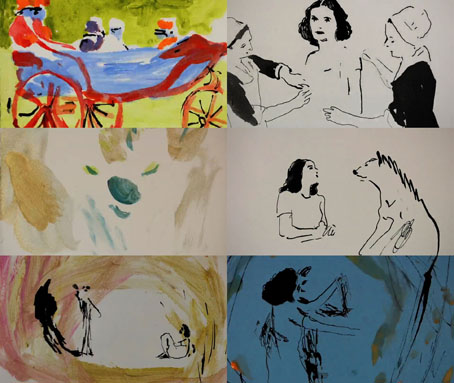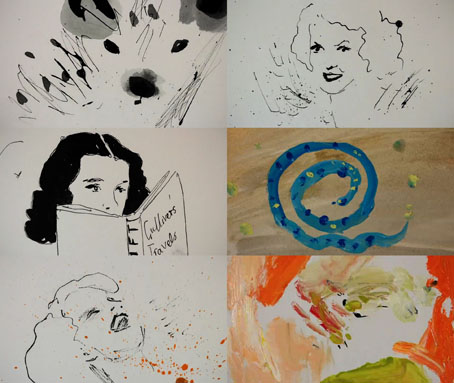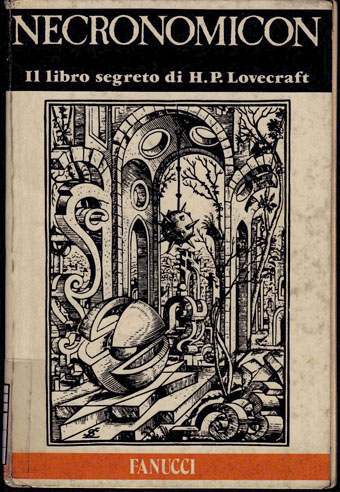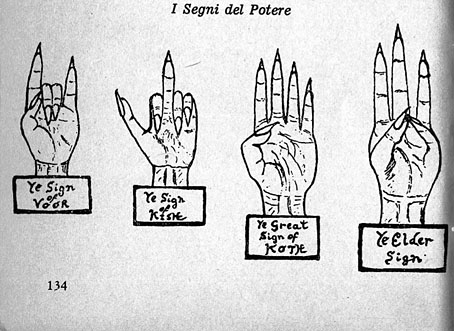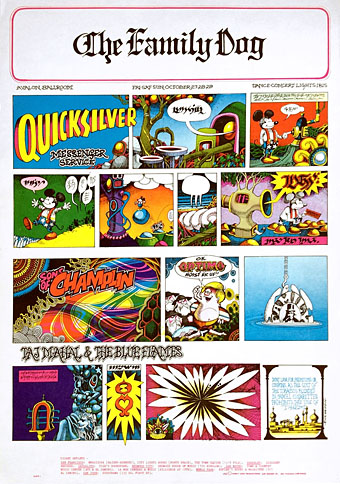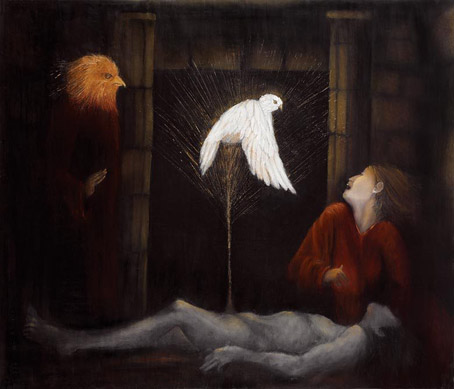The Debutante is an 8-minute animated adaptation of a short story by Leonora Carrington, a tale of bestial havoc wreaked by a hyena on an aristocratic dinner-dance. This wish-fulfilling fantasy, which Carrington wrote in the 1930s, is one of the author’s more popular pieces of fiction. The story has been anthologised many times, notably by Angela Carter in 1986 who included it in Wayward Girls & Wicked Women: An Anthology of Stories. Elizabeth Hobbs illustrates the piece with hand-painted rotoscoping, a technique which many people will associate with the Lucy In The Sky With Diamonds sequence in Yellow Submarine although this is by no means the earliest or only example of the form. It’s a useful process for stories which require the blending of the fantastic with the mundane.
Another hyena encountering the English aristocracy may be found in Esmé by Saki, the first story in his essential Chronicles of Clovis collection. Saki shared Leonora Carrington’s anarchic impulses when presented with ennervating upper-class rituals. Enough of his stories feature wild animals and eruptions of chaos in country houses that I wonder whether there was any Saki influence upon The Debutante. I’d guess not—Leonora Carrington possessed more than enough wayward imagination of her own—but whatever the answer, Saki remained fascinated (or appalled) by the aristocracy and their absurdities, while Leonora followed her debutante heroine to a welcome exile from their world.
Previously on { feuilleton }
• Leonora Carrington’s Surrealist survival kit
• Leonora Carrington and the House of Fear

